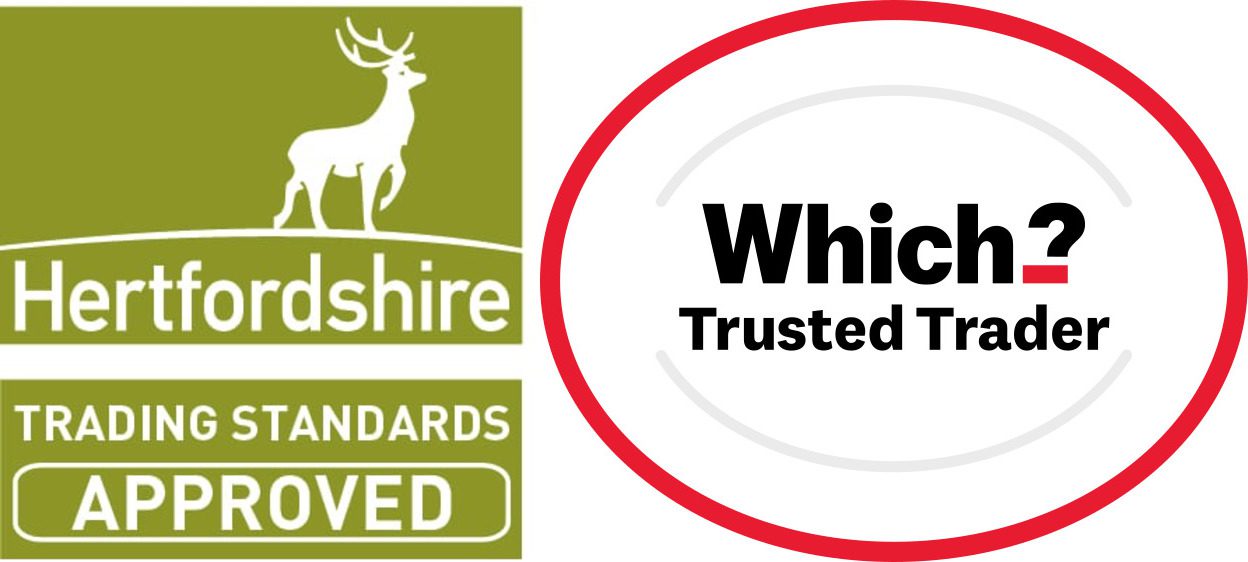If one thing is for sure, you do not want dry rot in your property. It’s like the plague; it spreads and infects all in its path. The truth is that if left to its own devices, it can destroy a whole building.
A healthy building should never experience dry rot in its lifetime. Dry rot is a fungus, also known as Serpula lacrymans and requires specific environmental effects to flourish. Over the years, we have seen some alarming cases of dry rot in properties. Repairs have cost £100,000 or more in some cases, but thankfully your insurance company should cover you in the event of a dry rot outbreak.
Given the seriousness of dry rot, if you think your property might be at risk, you get a professional to assess the damage immediately and carry out a thorough survey of the property.
The environment for dry rot and why it can occur
Dry rot occurs in poorly ventilated areas in buildings and favours dark, damp conditions to develop. Dry rot can occur with moisture levels as low as 20%.
Dry rot can occur for a number of reasons; often leaking pipes (from washing machines, radiators, etc.), as well externally from gutters, downpipes and leaks from defects in the roof. Keeping on top of repairs and maintenance for your property is so important to mitigate the risk.
Old buildings (pre-1990) suffer from inherent defects in structural design arising from the extensive use of embedded load-bearing timbers in the main walls. These timbers are in the form of lintels behind brick arches over window openings, built over bays and larger openings to support the brickwork above. Also, they create wall plates taking the end bearings of floor joists built into main walls, and bond timbers used within thick walls close to the outer wall face to even the coursing of brickwork. All such embedded woods are susceptible to decay brought about by the effects of penetrating dampness. These places are usually out of sight, meaning that by the time signs of damage are noticed the fungus has already established itself.
Dry rot spreads rapidly through timber and also passes through other building materials to continue its growth; this is why it is so serious.
“Dry rot is known to multiply rapidly through a structure. I have seen it grow as fast as 10 feet in 2 weeks in ideal conditions and there are recorded growth rates of at least 4 meters in 12 months from the source.”
Tell tail signs…
- Signs of timber shrinkage
- Change of texture in the wood
- Cracks in the timber in a cuboidal manner
- A musty smell
- Signs of mycelium – a fine white fungus found on the wood as well as brickwork if the dry rot has passed through it.
- Growth of orange fungus, often with red dust spores
Dry rot treatment
Whether there is ingress of water from external defects or a water leak, the cause of the moisture must be first be stopped. Without this, moisture will continue to damage the timber. Once the original cause of dampness is removed, the wood needs to dry out. The affected timbers should be removed, cut out and replaced with pre-treated wood. The remaining wood should be treated with a fungicidal spray to eliminate the risk of any traces of dry rot. If it suspected that the dry rot has also passed through other materials, such as masonry, then this should be treated accordingly.
Without a source of food (wood), growth will quickly cease, and the fungus eventually dies. However, research shows that in the laboratory, the food reserves in the mycelium may allow up to 20% growth before it stops spreading. This has important implications in control measures. Theoretically, it could enable it to infect the adjacent non-infected wood even though the source is gone, but mycelium left, for example, on damp brickwork. This makes it imperative to carry out thorough exposure work such as removing bricks to check if mycelium strands grow between the brickwork mortar joists, and where seen, continue to treat one meter beyond these areas.
If you have concerns about dry rot in your property, please contact us to discuss, and we can arrange a detailed assessment to provide the correct diagnosis and treatment.
Call back request
Send us your name and your telephone number and we’ll give you a call back.









